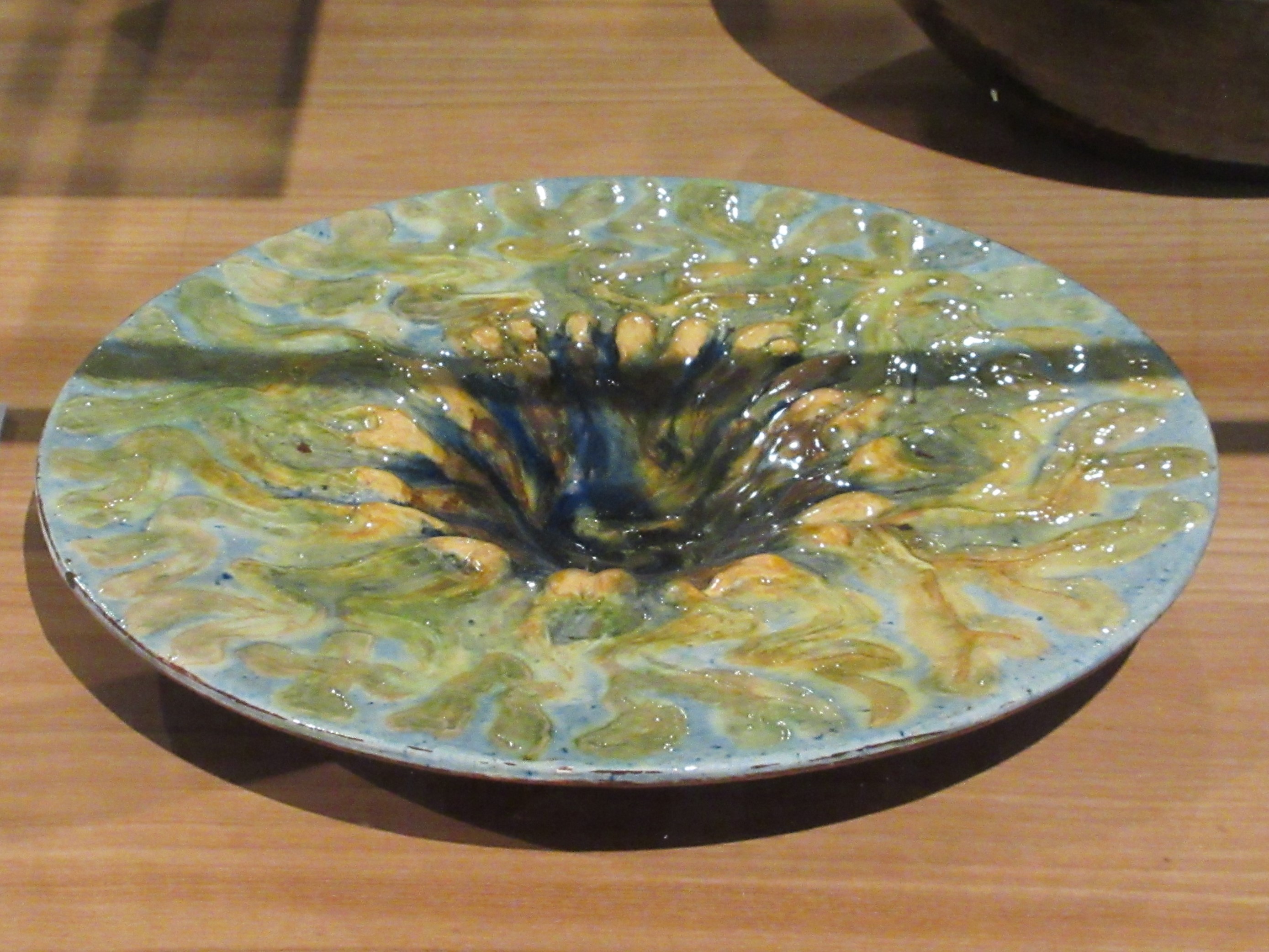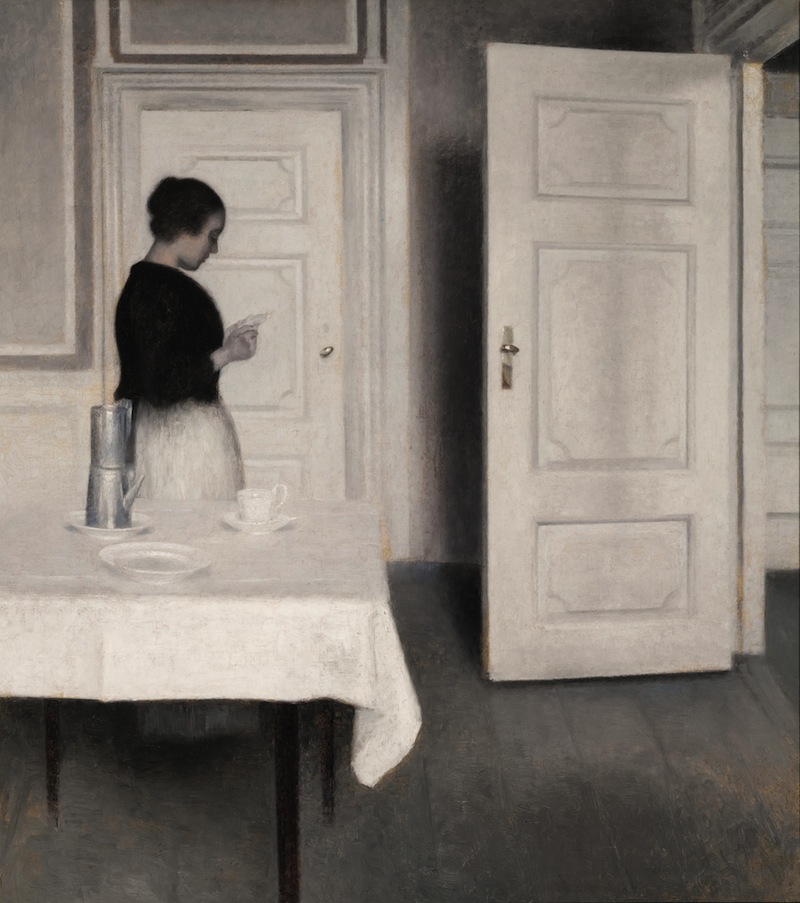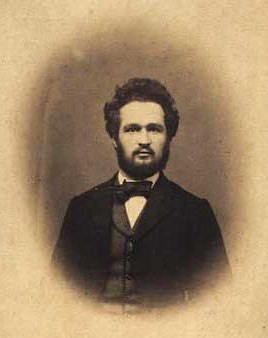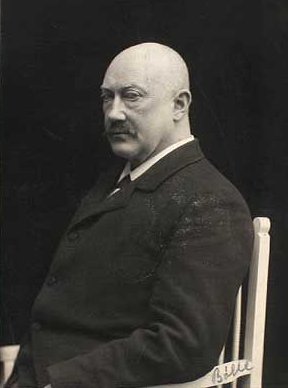|
Suzette Holten
Suzette Catherine Skovgaard-Holten born Suzette Catherine Skovgaard, 29 January 1863 – 11 February 1937) was a Danish painter and ceramist who belonged to the Skovgaard family of artists. In addition to landscapes, flower paintings and portraits, she created and decorated ceramics and also worked as an embroiderer. Early life and family Born in Copenhagen on 29 January 1863, Suzette Catherine was the third child of P. C. Skovgaard, P.C. Skovgaard and his wife Georgia Schouw-Skovgaard, Georgia Maria Luise Schouw (Schouw-Skovgaard). Like her brothers Joakim Skovgaard, Joakim and Niels Skovgaard, Niels, she became a painter. After her mother died when she was only five years old, Suzette was brought up by her father in the affluent Østerbro district of Copenhagen. He took great care of her, introducing her to the works of the Danish Golden Age painters, thanks to his friendships with Johan Thomas Lundbye, Lundbye, Wilhelm Marstrand, Marstrand and Constantin Hansen. He was also th ... [...More Info...] [...Related Items...] OR: [Wikipedia] [Google] [Baidu] |
Ceramist
Ceramic art is art made from ceramic materials, including clay. It may take varied forms, including artistic pottery, including tableware, tiles, figurines and other sculpture. As one of the plastic arts, ceramic art is a visual art. While some ceramics are considered fine art, such as pottery or sculpture, most are considered to be decorative, industrial or applied art objects. Ceramic art can be created by one person or by a group, in a pottery or a ceramic factory with a group designing and manufacturing the artware. In Britain and the United States, modern ceramics as an art took its inspiration in the early twentieth century from the Arts and Crafts movement, leading to the revival of pottery considered as a specifically modern craft. Such crafts emphasized traditional non-industrial production techniques, faithfulness to the material, the skills of the individual maker, attention to utility, and an absence of excessive decoration that was typical to the Victorian er ... [...More Info...] [...Related Items...] OR: [Wikipedia] [Google] [Baidu] |
Elise Konstantin-Hansen
Elise Konstantin-Hansen (1858–1946) was a Danish painter and ceramist. She developed her own naturalistic style, often painting sea birds, animals, plants and beach scenes. Early life and education Konstantin-Hansen was born in the Frederiksberg district of Copenhagen on 4 May 1858. She was the daughter of the Danish Golden Age, Golden Age painter Carl Christian Constantin Hansen and his wife Magdelene Barbara Købke. She changed the spelling of her name to Konstantin-Hansen in 1908. She grew up in an artistic milieu. Several of her eight siblings were artistically talented, especially her sister Kristiane Konstantin-Hansen, Kristiane who became an embroiderer. Konstantin-Hansen herself also began embroidering while young, often developing her own designs. Later, after her father died in 1880, she became Thorvald Bindesbøll's principal assistant. In addition to being introduced to painting by her father, she attended Vilhelm Kyhn's painting school and was instructed by Chr ... [...More Info...] [...Related Items...] OR: [Wikipedia] [Google] [Baidu] |
Agnes Slott-Møller
Agnes Slott-Møller, née Rambusch (10 June 1862 in Nyboder – 11 June 1937 in Løgismose, Assens Municipality), was a Danish Symbolist painter; influenced by the Pre-Raphaelites. She is known for works inspired by Danish history and folklore. Her husband was the painter Harald Slott-Møller. Biography Her father, Jacob Heinrich Victor Rambusch (1825–1886), was a navy officer who was eventually promoted to Commander. As a child, she was fascinated by the ' by , with drawings by Lorenz Frølich.Brief biography @ KVInfo. In 1878, she began taking lessons at the "". She graduated in 1885 and took additional lessons from P.S. Krøyer, followed by more with Harald Slott-Møller, whom she married in 1888 and embarked with on a tour of Italy. [...More Info...] [...Related Items...] OR: [Wikipedia] [Google] [Baidu] |
Vilhelm Hammershøi
Vilhelm Hammershøi (), often anglicised as Vilhelm Hammershoi (15 May 186413 February 1916), was a Danish painter. He is known for his poetic, subdued portraits and interiors. In 1905, Rainer Maria Rilke wrote of the artist, "Hammershøi is not one of those about whom one can speak quickly. His work is wide-ranging and slow, and at whatever moment one comprehends it, it will always provide an opportunity to talk about what is important and essential in art". Life Vilhelm Hammershøi was born in 1864 in Copenhagen, Denmark. He was the son of a merchant, Christian Hammershøi, and his wealthy wife, Frederikke (née Rentzmann), and had a younger brother, Svend Hammershøi, who was a ceramist and painter. Hammershøi studied drawing from the age of eight with Niels Christian Kierkegaard and Holger Grønvold, as well as painting with Vilhelm Kyhn, before embarking on studies with Frederik Vermehren and others at the Royal Danish Academy of Fine Arts. From 1883 to 1885, he studied ... [...More Info...] [...Related Items...] OR: [Wikipedia] [Google] [Baidu] |
Charlottenborg Spring Exhibition
The Charlottenborg Spring Exhibition (''Charlottenborg Forårsudstilling'') is an annual art exhibition in Copenhagen, Copenhagen, Denmark. The event is held at the Charlottenborg Exhibition Building (''Kunsthal Charlottenborg''). Kunsthal Charlottenborg was erected in the former site of the University of Copenhagen Botanical Garden, Botanical Garden on a tract of land behind Charlottenborg Palace. The exhibition building was designed by architects Albert Jensen (1847–1913) and Ferdinand Meldahl (1827–1908) and inaugurated in 1883. Charlottenborg Spring Exhibition has been held annually since 1857 and originated as an exhibition showing new works by Danish artists. Today the event includes participants from many countries and is one of the most important open submission exhibitions in northern Europe. It is organised by the Charlottenborg Foundation (''Charlottenborg Fonden''). In 2007 the 150th anniversary of the exhibition was celebrated between 17 March and 9 Apri ... [...More Info...] [...Related Items...] OR: [Wikipedia] [Google] [Baidu] |
Nordic Exhibition Of 1888
The Nordic exhibition of Industry, Agriculture, and Art of 1888 (''Den Nordiske Industri-, Landbrugs- og Kunstudstilling i Kjøbenhavn 1888'') was an exhibition that aimed to feature the best of art, industry, and agriculture from the five Nordic countries. It was a joint-venture between 29 organisations and institutions, with the weight on the private side, represented foremost by the Association of Copenhagen Industrialists. The exhibition was located in Copenhagen, Denmark. Influence of national responsibility In the spring of 1883, the theme of the exhibition was narrowed down to be an idea fostered by Philip Schou (1838–1922) who served as Chairman of the Association of Copenhagen Industrialists and Vice President of the expo. Philip Schou was the founding owner of the faience or earthenware pottery factory Aluminia in Christianshavn. In 1882, the owners of Aluminia purchased the Royal Copenhagen porcelain factory. It was pointed out by Philip Schou that the expo t ... [...More Info...] [...Related Items...] OR: [Wikipedia] [Google] [Baidu] |
Valby
Valby () is one of the 10 official districts of Copenhagen Municipality, Denmark. It is in the southwestern corner of Copenhagen Municipality, and has a mixture of different types of housing. This includes apartment blocks, terraced housing, areas with single-family houses and allotments, plus the remaining part of the old Valby village, around which the district has formed, intermingled with past and present industrial sites. Valby Hill marks the boundary between Valby and the more central and urban neighbouring Vesterbro district. The expression "west of Valby Hill" is in Danish often used as a metonym for "the provinces" or "outside Copenhagen". Separated from the rest of Copenhagen by Vestre Cemetery, Denmark's largest cemetery, towards Vesterbro/Kongens Enghave and Søndermarken- Frederiksberg Gardens towards Frederiksberg, the Carlsberg brewery site, and areas of low density, Valby retains a certain air of 'independence', or isolation, even today. With the progressing ... [...More Info...] [...Related Items...] OR: [Wikipedia] [Google] [Baidu] |
Utterslev
Utterslev is a neighbourhood in the Bispebjerg district of Copenhagen, Denmark. Utterslev is centered on Utterslev Torv (Utterslev Square) and is most known for the Utterslev Mose marshland which straddles the border with Gladsaxe Municipality to the north. History In the Middle Ages Utterslev was a large country estate comprising the villages of Serridslev, Solbjerg, Vanløse, Vigerslev, Valby, Brønshøj and Emdrup. The village of Utterslev has existed since the 14th century when it consisted of houses and farm buildings around the village pond. In the Dano-Swedish War of 1657, King Charles X Gustav of Sweden established his headquarters in Utterslev. The village lost its status as such in 1784. Notable buildings and residents Marked on maps in the 12th and 13th centuries, the village pond is one of the oldest in Denmark. The pond is still surrounded by old buildings and some of the former roads. In 2000, together with its surroundings, Utterslev Torv was developed as a green ... [...More Info...] [...Related Items...] OR: [Wikipedia] [Google] [Baidu] |
Theodor Philipsen
Theodor Esbern Philipsen (10 June 18403 March 1920) was a Danish painter of Jewish ancestry; known for landscapes and animal portraits. He also did small figures in wax and clay. Biography Theodor Philipsen was born at Copenhagen to a cultured merchant family and learned to draw at an early age.Theodor Philipsen ''Kunstindeks Danmark'' At first, however, he was primarily interested in animals, so he went to study agriculture at his uncle's estate near . In the 1860s, one of his brothers introduced him to the painter, Hans Smidth, which made him decide to become an artist. He began his studies at the |
Thorvald Bindesbøll
Thorvald Bindesbøll (21 July 1846 – 27 August 1908) was a Denmark, Danish National romantic architect, sculptor and ornamental artist. He designed the Dragon Fountain, Copenhagen (''Dragespringvandet'') and is perhaps best known as the creator of the Carlsberg Group, Carlsberg beer label, which has remained unchanged since it was introduced. Biography Bindesbøll was born in Copenhagen, Denmark. Born into an artistic family; he was the son of architect Michael Gottlieb Bindesbøll (1800–1856) and wife Andrea Frederikke Andersen (1819-1899). His sister Johanne Bindesbøll was a successful textile artist. He attended the Royal Danish Academy of Fine Arts and left as an architect in 1876. Marginalized as an architect, Bindesbøll turned increasingly towards the art of craftsmanship. As early as 1880, he came into the field of pottery encouraged by the friend and architect Andreas Clemmensen. He began producing ceramics at Frauens Levarefabrik. He worked at Johan Wallmann i ... [...More Info...] [...Related Items...] OR: [Wikipedia] [Google] [Baidu] |
Royal Danish Academy Of Fine Arts
The Royal Danish Academy of Fine Arts () has provided education in the arts for more than 250 years, playing its part in the development of the art of Denmark. History The Royal Danish Academy of Portraiture, Sculpture, and Architecture in Copenhagen was inaugurated on 31 March 1754, and given as a gift to the King Frederik V on his 31st birthday. Its name was changed to the Royal Danish Academy of Painting, Sculpture, and Architecture in 1771. At the same event, Johann Friedrich Struensee introduced a new scheme in the academy to encourage artisan apprentices to take supplementary classes in drawing so as to develop the notion of "good taste". The building boom resulting from the Great Fire of 1795 greatly profited from this initiative. In 1814 the name was changed again, this time to the Royal Danish Academy of Fine Arts. It is still situated in its original building, the Charlottenborg Palace, located on the Kongens Nytorv in Copenhagen. The School of Architecture has be ... [...More Info...] [...Related Items...] OR: [Wikipedia] [Google] [Baidu] |
Carl Nielsen
Carl August Nielsen (; 9 June 1865 – 3 October 1931) was a Danish composer, conductor, and violinist, widely recognized as his country's most prominent composer. Brought up by poor yet musically talented parents on the island of Funen, he demonstrated his musical abilities at an early age. He initially played in a military band before attending the Royal Danish Academy of Music in Copenhagen from 1884 until December 1886. He premiered his Opus number, Op. 1, ''Suite for String Orchestra (Nielsen), Suite for Strings'', in 1888, at the age of 23. The following year, Nielsen began a 16-year stint as a second violinist in the Royal Danish Orchestra under the conductor Johan Svendsen, during which he played in Verdi's ''Falstaff (opera), Falstaff'' and ''Otello'' at their Danish premieres. In 1916, he took a post teaching at the Royal Danish Academy and continued to work there until his death. Although his symphonies, concertos and choral music are now internationally acclaimed, ... [...More Info...] [...Related Items...] OR: [Wikipedia] [Google] [Baidu] |









